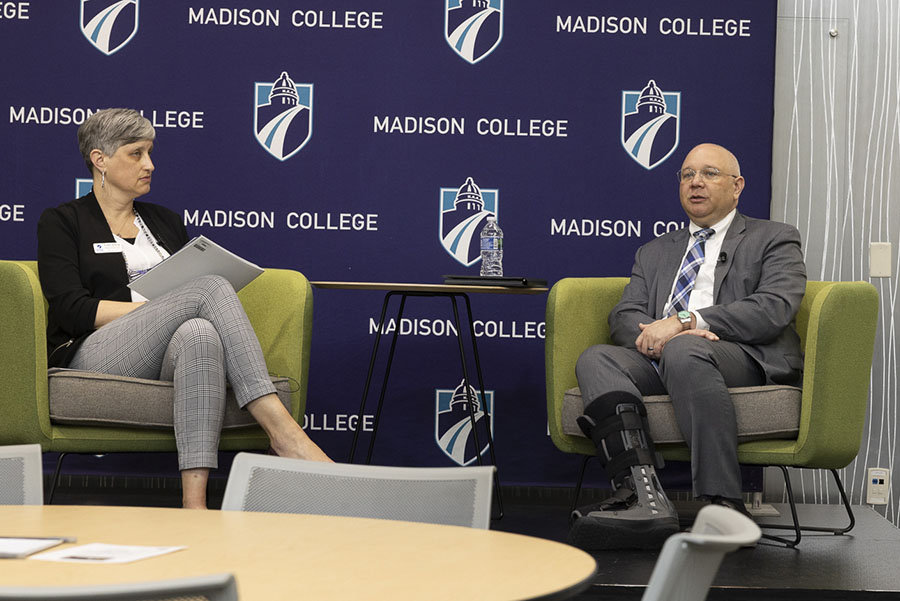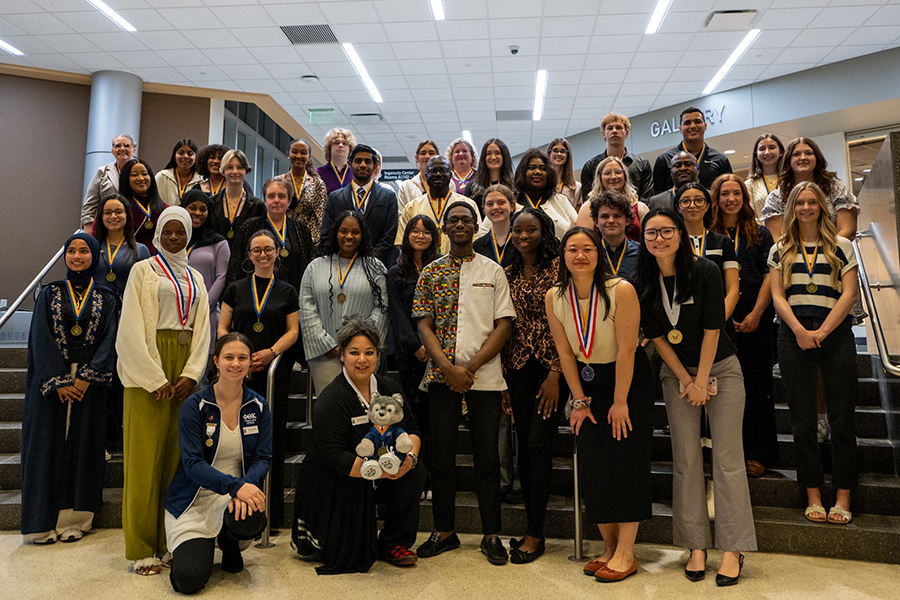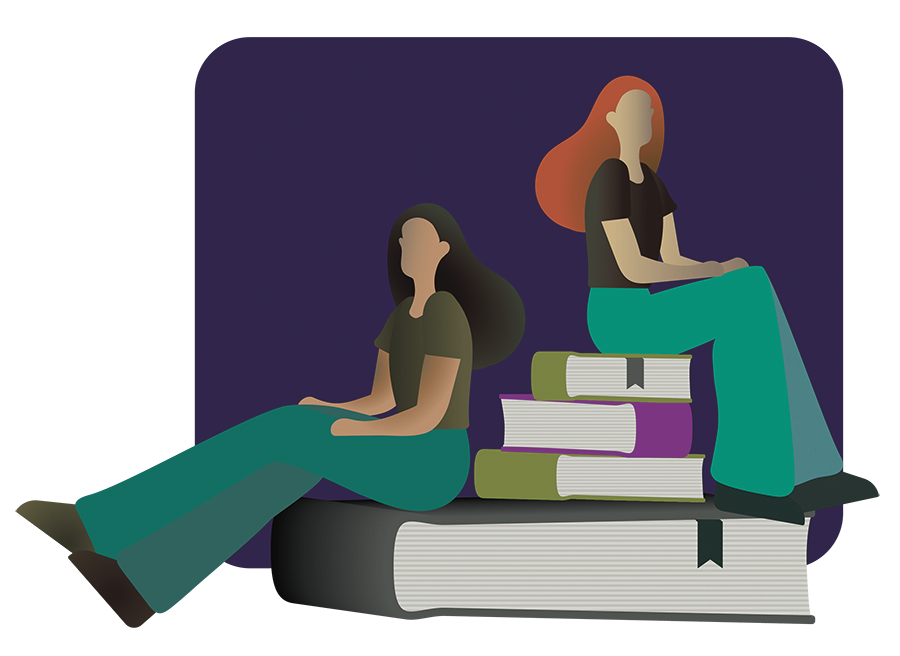Futuristic technology is already here
February 19, 2015
We live in a world where almost every facet of our lives has been improved in some way by science. In the last decade alone, we have seen technology advance by leaps and bounds; spanning from business, education, communications and every field in between. But perhaps the largest and most astonishing steps taken in the last ten years have been in the medical field.
In 2012, 24-year-old Aimee Copeland’s life was forever changed when doctors were forced to amputate both of her hands to save her life from flesh-eating bacteria. Aimee was fitted with prosthetics, but it was hard to adapt to the cumbersome and limited movements of her new hands.
It seemed that Aimee would never again experience a normal life until a year later when Robert Kistenberg, the Georgia Tech Coordinator of Prosthetics, decided to help, according to a CNN story by Michael Martinez. The “i-limb ultra revolution” is a new form of mechanical prosthetic that is not only lightweight and dexterous but can also be programed via an iPod app called “Biosim” from Touch Bionics.
“These hands,” Robert told Martinez, “are going to allow Aimee to do more than any other hands that are currently available in the world.”
“It seems like this could be my actual hand,” Copeland was reported as saying in the 2013 article. She is now free to do the things she misses like writing, cooking and living a more independent life.
However, more remarkable however is the breakthrough neuroscientists in Europe have made with the human brain. Katrin Amunts is the leading researcher at the Jülich Research Centre in Germany and, with the help of Montreal neuroscientist Adam Evans, she has recently (2014) completed the most highly detailed brain map to date. This three dimensional map of the brain is capable of showing details as small as twenty micrometers, fifty times the resolution of previous maps.
By a pain staking ten-year process of slicing a post mortem human brain into thousands of slices (7,404 to be exact) Katrin and her team were able to scan these slices and digitally piece them together again. The result: one terabytes worth of data showing the most detailed inner workings of the mind.
With this atlas, scientists not only have a better understanding of our anatomy, but in upcoming years may also be able to create a computational simulation of the human brain, In other words, another step towards artificial intelligence.
These advancements are but the tip of the iceberg in the numerous new technologies scientists are producing. Large scale research spanning across the globe is bringing people from other continents together to tackle the new challenges of our modern world.
Things that were at one point considered to belong exclusively to the realm of science fiction are stepping further into reality with each passing year. Scientists are boldly breaking old barriers and dare to think outside the box to create a better way of life. What new possibilities lay ahead of us in the years to follow? Only time will tell.































